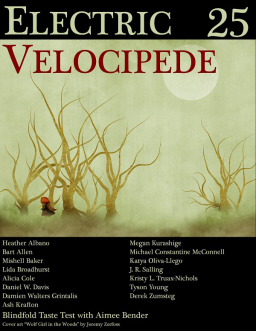Blogging Austin Briggs’ Flash Gordon, “The Menace of Mysta” / “Home”
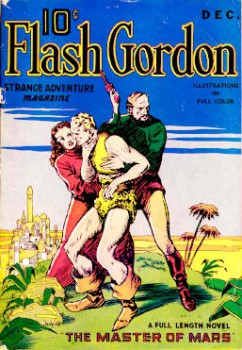
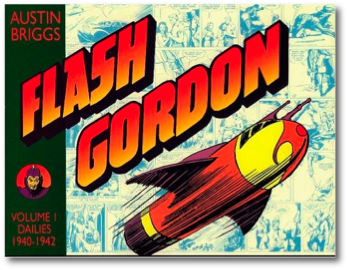 “The Menace of Mysta” was the tenth installment of Austin Briggs’ daily Flash Gordon comic strip serial for King Features Syndicate. Originally published between March 27 and April 25, 1944, “The Menace of Mysta” is a very brief episode that starts off with Flash and Dale and their nameless Elvin guide crossing Lost Lake when they pass through a patch of fog and become embroiled in a spider web. A giant spider rises from the lake to attack them. Flash dispatches the creature easily enough and the trio soon comes ashore on a strange beach where they quickly find themselves among the invisible kingdom of Queen Mysta.
“The Menace of Mysta” was the tenth installment of Austin Briggs’ daily Flash Gordon comic strip serial for King Features Syndicate. Originally published between March 27 and April 25, 1944, “The Menace of Mysta” is a very brief episode that starts off with Flash and Dale and their nameless Elvin guide crossing Lost Lake when they pass through a patch of fog and become embroiled in a spider web. A giant spider rises from the lake to attack them. Flash dispatches the creature easily enough and the trio soon comes ashore on a strange beach where they quickly find themselves among the invisible kingdom of Queen Mysta.
Mysta’s kingdom appears to function magically with visibility and seemingly inter-dimensional passage under the beautiful but mysterious Queen’s control. Dale and their Elvin guide are taken captive. Flash passes through the invisible portal into the kingdom and eventually fights his way into Mysta’s castle. Once Mysta determines that Flash poses no real threat, but is an honorable man fighting for Dale’s freedom, she pulls aside a curtain to unveil the scientific genius that allows her kingdom to operate on what seems to be magical principles. The genius is none other than Dr. Zarkov.
Readers were doubtless as flummoxed as Flash and Dale at this revelation and no sooner are they reunited with their old friend then he is bustling them off into a rocket ship on a secret mission he refuses to tell them anything about, which leads this curious and very brief penultimate adventure into the final storyline of Austin Briggs’ daily strip.

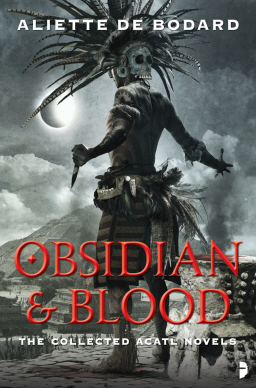
 When I learned my first child would be a boy, one of my first stops was the library, where I checked out a huge stack of books about boys: how they think, how they learn, how they’re socialized, with all the attendant parental and teacherly how-tos and cautionary tales. I was wary of
When I learned my first child would be a boy, one of my first stops was the library, where I checked out a huge stack of books about boys: how they think, how they learn, how they’re socialized, with all the attendant parental and teacherly how-tos and cautionary tales. I was wary of 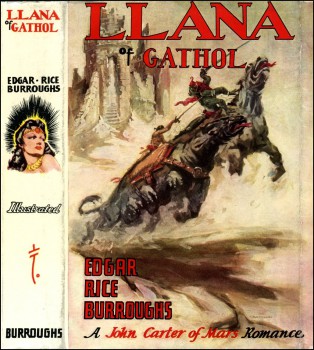 Back on Mars, and closing in on its finale, after my short sabbatical… What can I say? It seems Synthetic Men of Mars will suck out the desire to keep trudging forward from even the most dedicated ERB enthusiast.
Back on Mars, and closing in on its finale, after my short sabbatical… What can I say? It seems Synthetic Men of Mars will suck out the desire to keep trudging forward from even the most dedicated ERB enthusiast.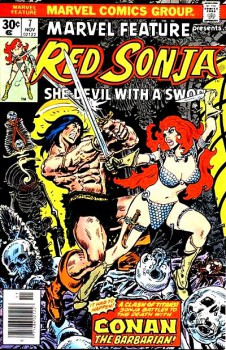
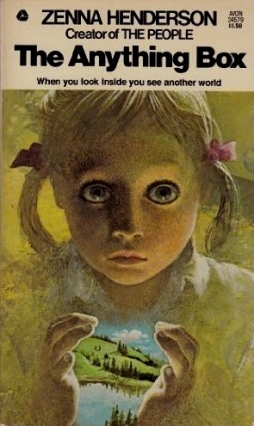 As so often happens, I was at a book fair the other week when, again as so often happens, I stumbled on a book by a writer I’d heard of at some point and about whose work I was vaguely curious. In this case, the writer was Zenna Henderson and the book was a collection of sf and fantasy short stories called The Anything Box. Which, upon reading, I found to be quite intriguing.
As so often happens, I was at a book fair the other week when, again as so often happens, I stumbled on a book by a writer I’d heard of at some point and about whose work I was vaguely curious. In this case, the writer was Zenna Henderson and the book was a collection of sf and fantasy short stories called The Anything Box. Which, upon reading, I found to be quite intriguing.
